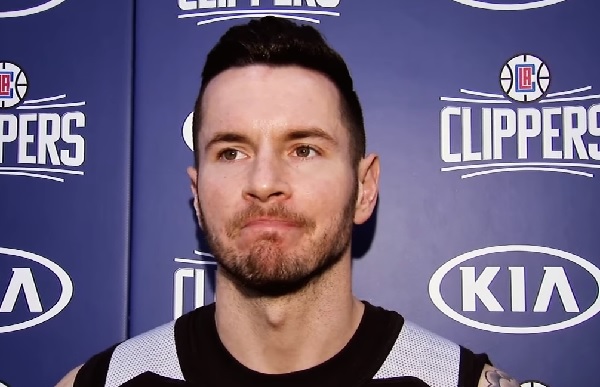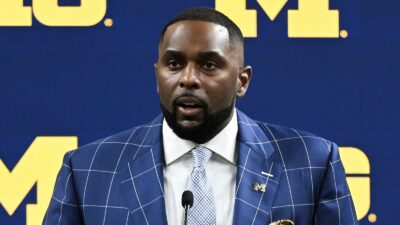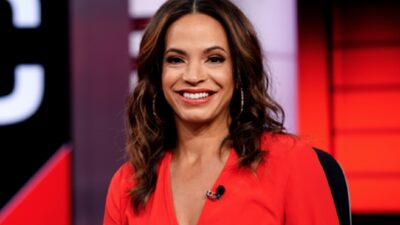
This NBA offseason has been the most memorable in years — perhaps ever. Stars like Jimmy Butler and Paul George have been traded; others, like Gordon Hayward and Chris Paul, have changed locations through free agency.
Give the rest of the league credit: no one is backing down from the Warriors, who are in the conversation for the best team ever. Many teams are doing what they can to win now — not two or three years down the road.
In addition to the aforementioned stars, quite a few impact players have signed new contracts this offseason. And even though the cap ended up being much lower than expected ($99 million), that hasn’t stopped teams from dishing out more than they should.
This article does not intend to condemn any of the below signings. In many cases, in fact, the moves were well-received, and the players seem to fit quite nicely with their roster.
Though a player was a good signing, however, does not mean he was obtained at an appropriate price. If you need a blender, a new Vitamix might significantly improve your quality of life, but that doesn’t justify you paying $800 for it if you could get the same value from a $400 Magic Bullet.
We know Kevin Durant intentionally took a pay cut to chase more rings, but it’s still startling to consider that some of the following players are getting paid more than he is ($26.5 million a year).
Here are eight players who became overpaid when they signed new contracts this offseason:
8. Paul Millsap (three years, $90 million, Denver)
This is an example of an excellent fit — We advocated for Denver to sign Millsap before free agency — but a bad contract. It’s good that Denver got Millsap to take only three years — he’s 32 years old — but, for a team that should probably be rebuilding, his salary figure is huge.
The Nuggets have some nice pieces: Millsap, Nikola Jokic, Kenneth Faried, Jamal Murray, Emmanuel Mudiay. They are not, however, in a place to contend in the loaded Western Conference. What is their best-case scenario? The No. 7 seed and a first-round exit?
Like it or not, a team’s best bet in the modern NBA is to either be one of the top teams or one of the worst. Look at the 76ers and Lakers. They bottomed out and re-tooled, and their future now looks bright. The Lakers have absurd cap space and are in position to make LeBron James a compelling offer next offseason.
The Nuggets had a chance to do so with the exit of Danilo Gallinari. Some notable free agents and draft prospects will be available in 2018. Instead, they handcuffed themselves by giving $30 million a year to Millsap.
7. Serge Ibaka (three years, $65 million, Toronto)
Ibaka is only 27 (supposedly), but it’s been challenging to pinpoint his value since he was traded from Oklahoma City in June 2016. In that trade, Orlando surrendered Victor Oladipo, Ersan Ilyasova, and the draft rights to Domantas Sabonis. Since then, the Thunder have flipped Oladipo and Sabonis for Paul George. In other words: Oklahoma City won that trade, big time.
Ibaka’s key defensive numbers have been on a steady decline since 2012. For example, in 2011-12 he averaged 3.1 more blocks per game than he did with Toronto this past season (4.8 as compared to 1.7).
Ibaka has nine NBA seasons under his belt, and though his offensive game has been consistent and he remains a useful piece, it’s difficult to understand how he’ll deserve nearly $22 million a year over the next three years.
6. Blake Griffin (five years, $173 million, L.A. Clippers)
What do we make of Blake Griffin? The contract he signed with the Clippers — which averages out to $34.6 million a year — implies he’s one of the best players in the NBA. And at one point in his career, Griffin most certainly was. He finished third in MVP voting in 2014.
It’s no secret Griffin’s game changed last year. He’s no longer the high-flying, rim-destroying freak athlete who kept Vine in business for years early in his career. To his credit, he has reinvented himself. He has a nice outside game now.
Still, Griffin has been plagued by injuries since 2015, and it would be surprising if he could stay on the court for more than 70 games a year, something he hasn’t done since 2013-14. He’s also still recovering from toe surgery and will probably be unavailable until December.
If you’re mortgaging your team’s future on a star — which the Clippers are by giving Griffin this mammoth deal — you need him to be on the court. L.A. took a big risk with Blake and gave him more money, and a longer-term deal, than pundits expected.
5. Kyle Lowry (three years, $100 million, Toronto)
Yep — Toronto overpaid for both Ibaka and Lowry, who are represented by the same agent.
Lowry wrote a nice piece for The Players’ Tribune about why he chose to stay in Toronto. The gist of it is in the headline: “Home.” He and his family feel at home in T-Dot, and he wasn’t ready to leave.
Lowry certainly had options. A number of teams needed point guards, and he was either the best or second-best (depending on how you rank him and Paul) PG on the market. Rumors linked him to Minnesota, where he would team up with the promising young core of Butler, Andrew Wiggins, and Karl-Anthony Towns. Minnesota missed out on Lowry but landed Jeff Teague.
Toronto probably made the right move keeping Lowry around — what else are the Raptors supposed to do right now except put their best product on the court and hope Cleveland falls apart? — but his price tag was astronomical.
His win shares dipped from 11.6 to 10.1 this past season, and his usage percentage dipped from 26.1 percent to 24.9 percent. Lowry is still an excellent player, but he’s 31, and small guards traditionally do not age well. The Raptors are becoming DeMar DeRozan’s team.
Toronto would have been positioned much better if it had gotten Lowry on a deal more like Ibaka’s ($22 million a year instead of $33).













